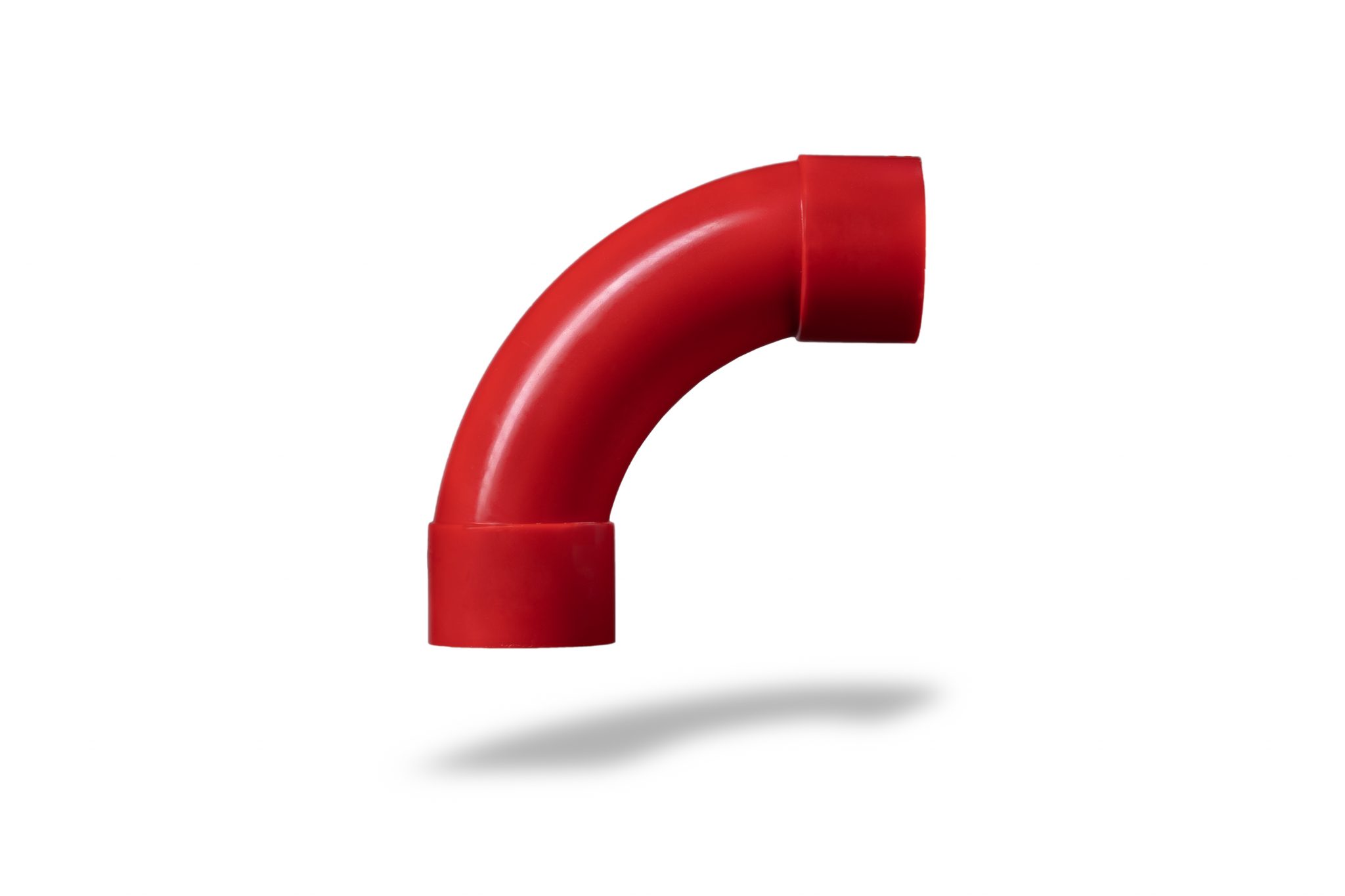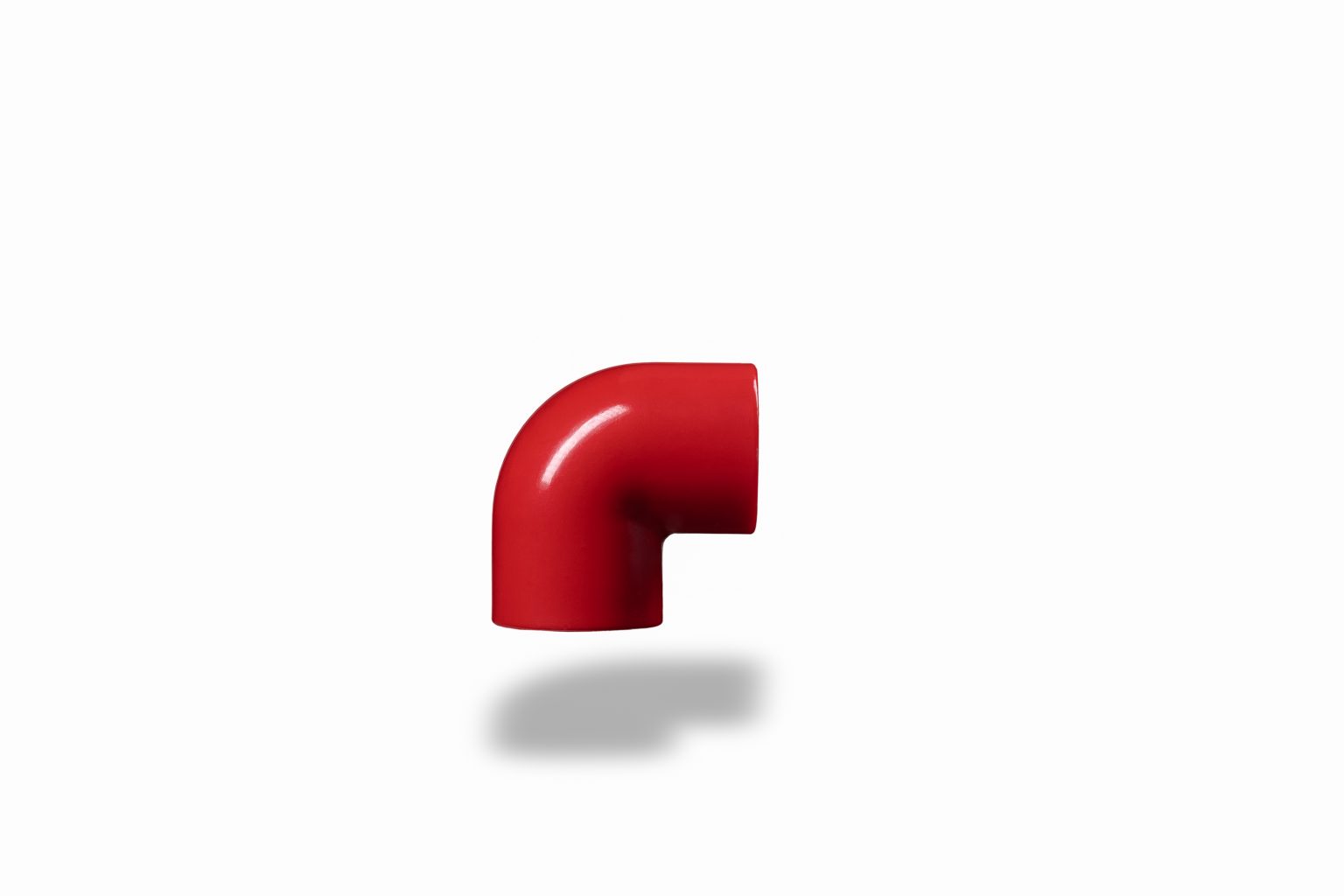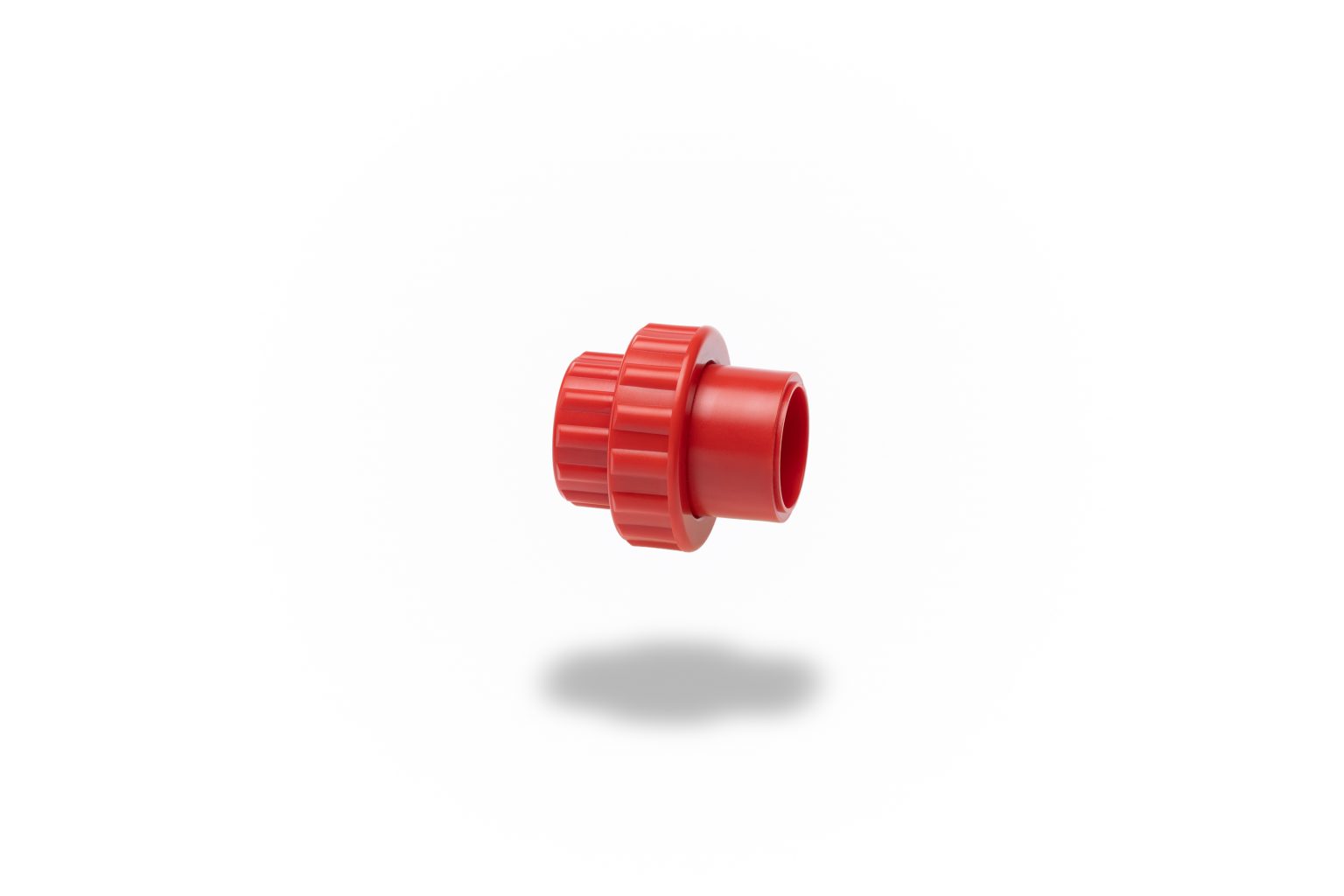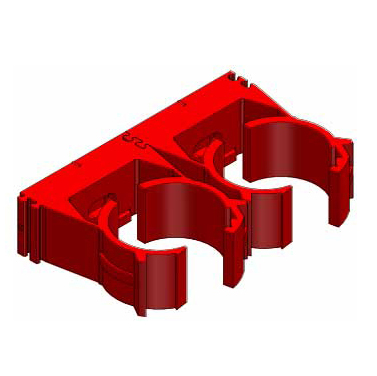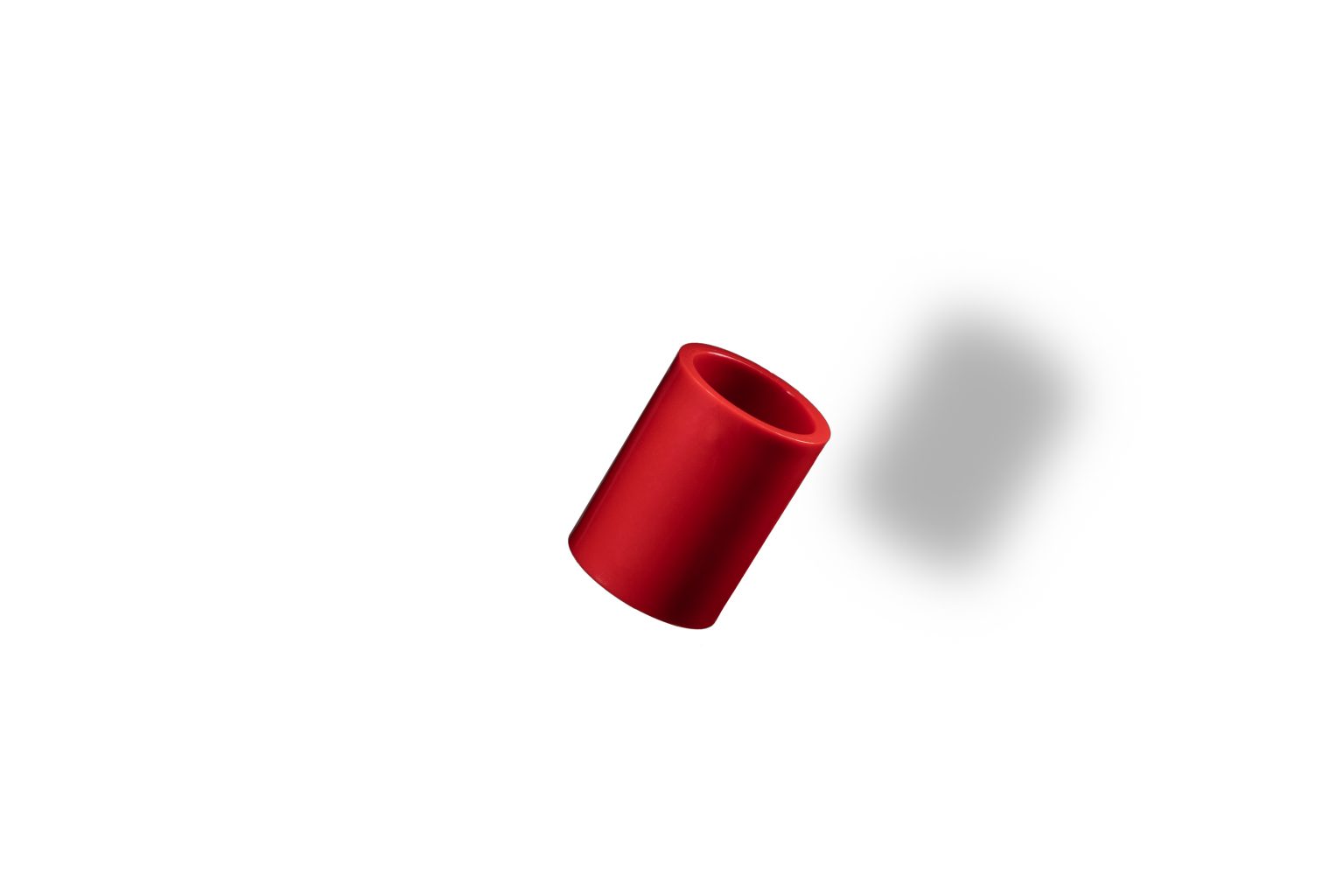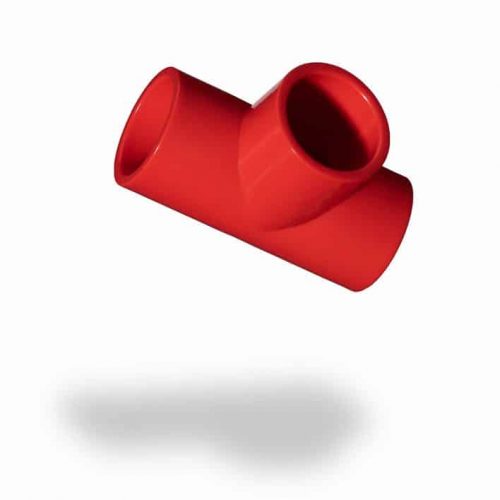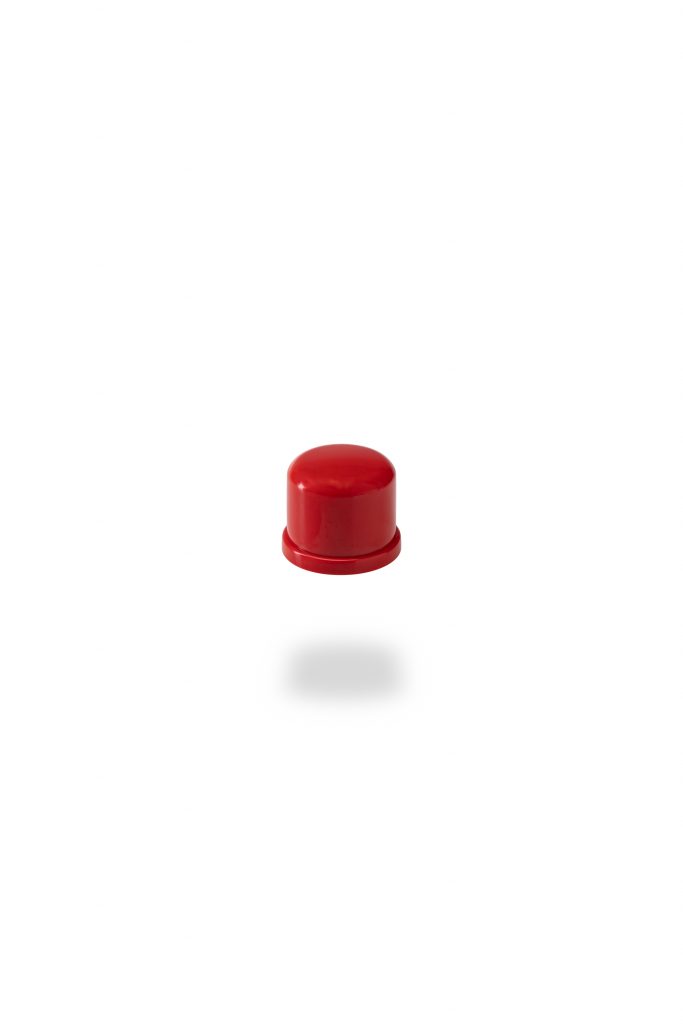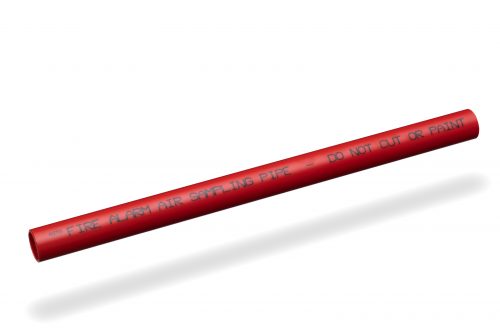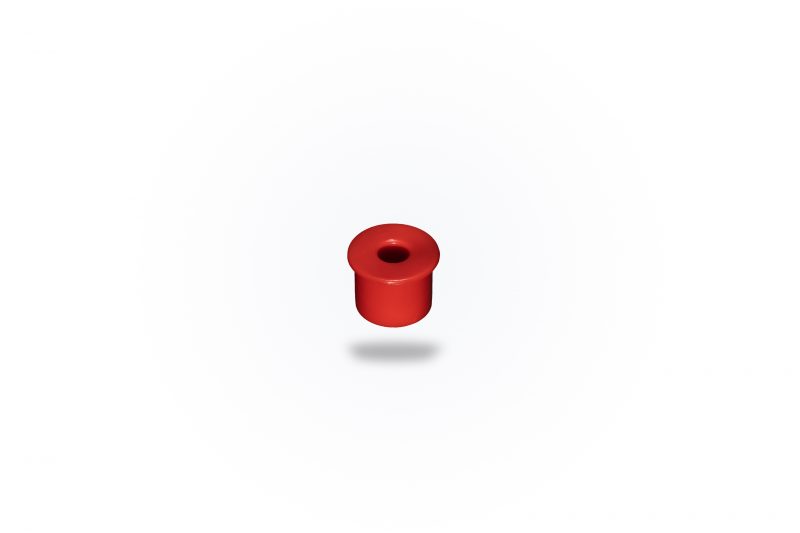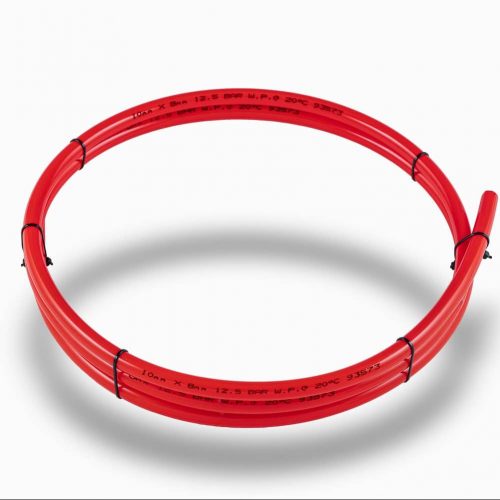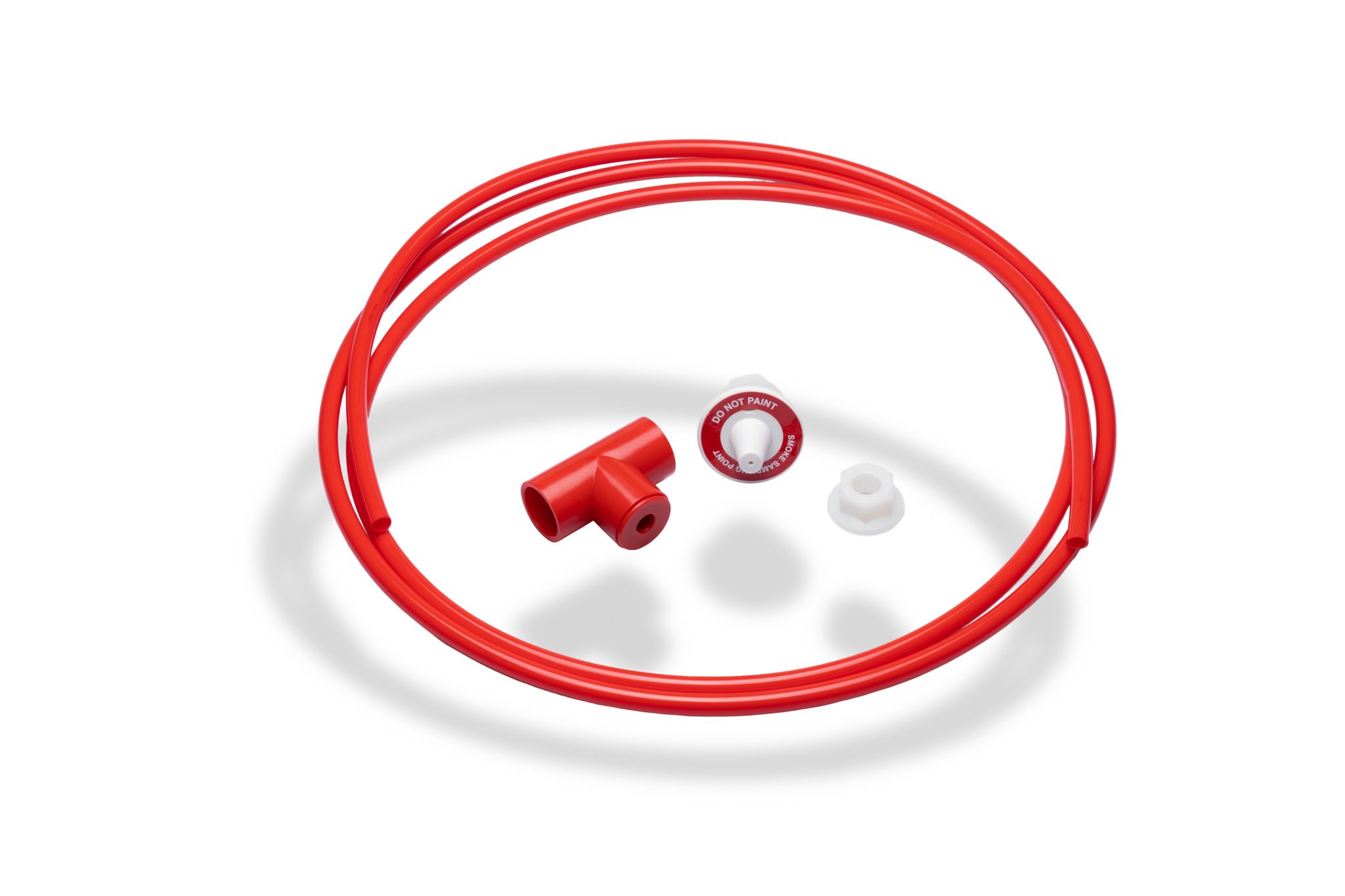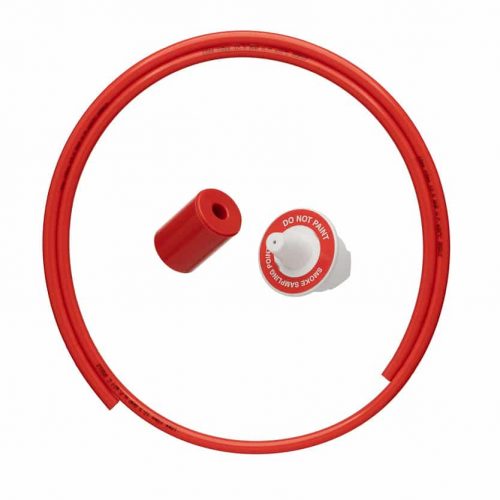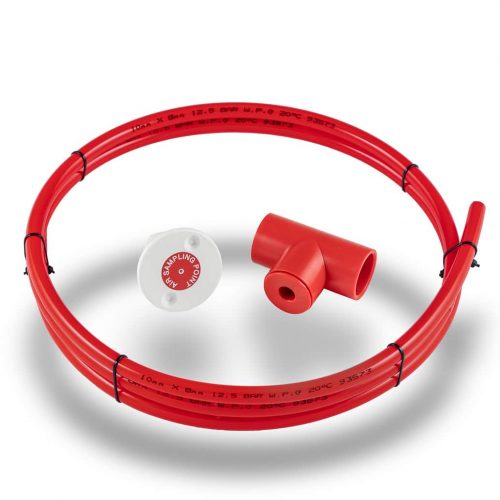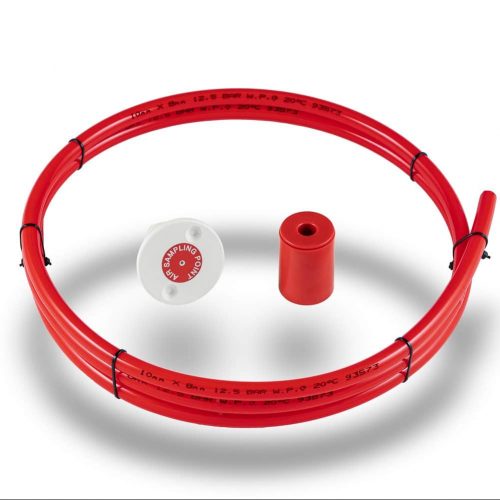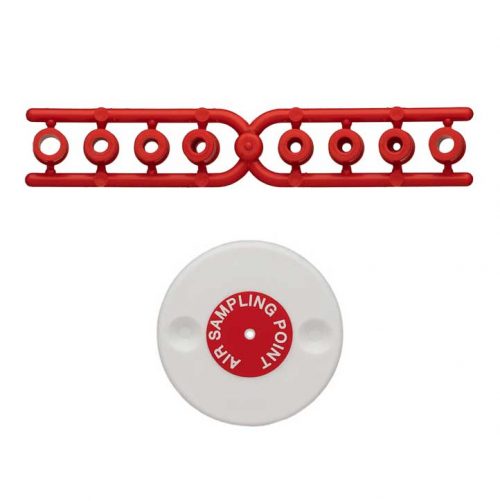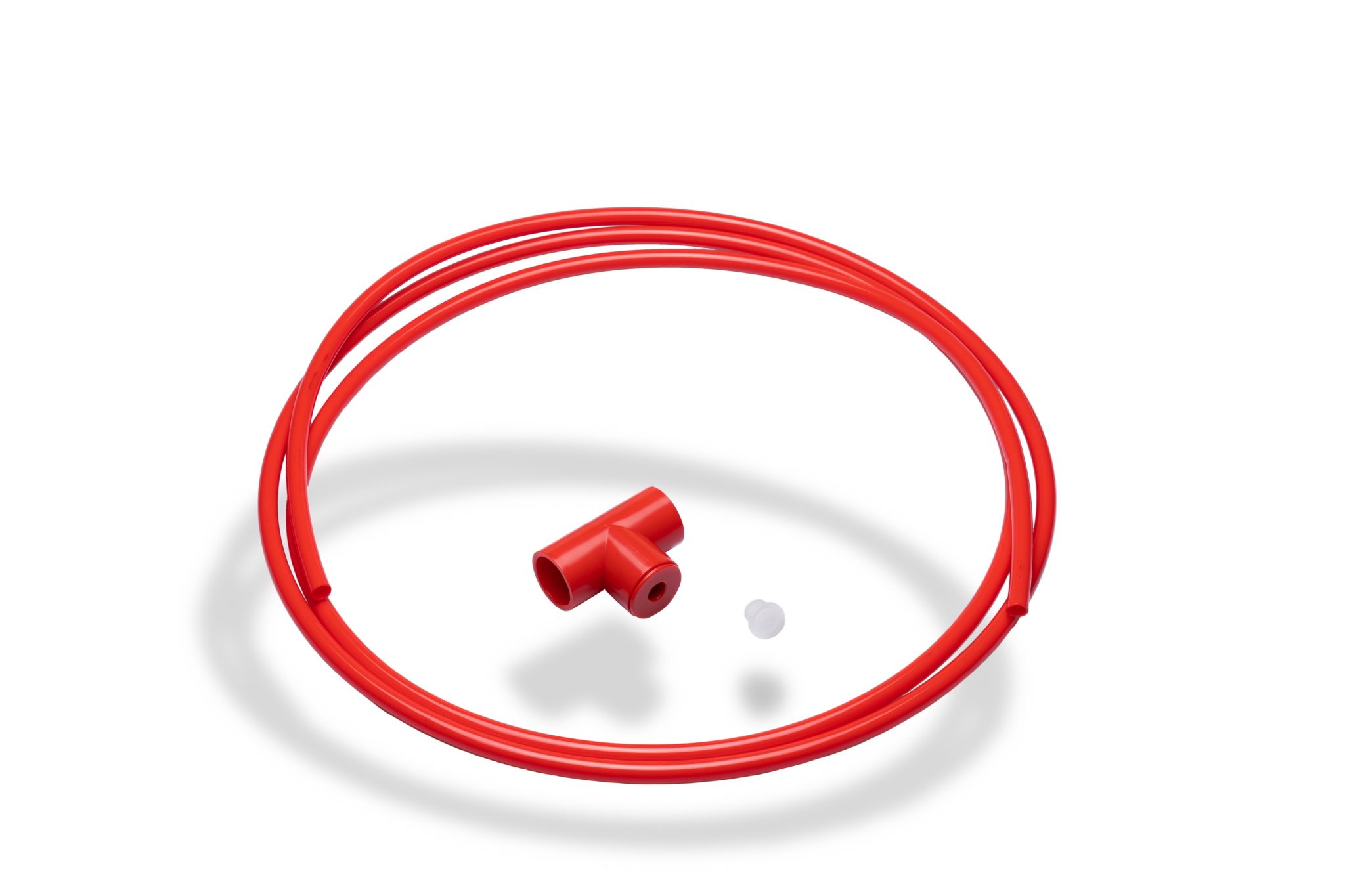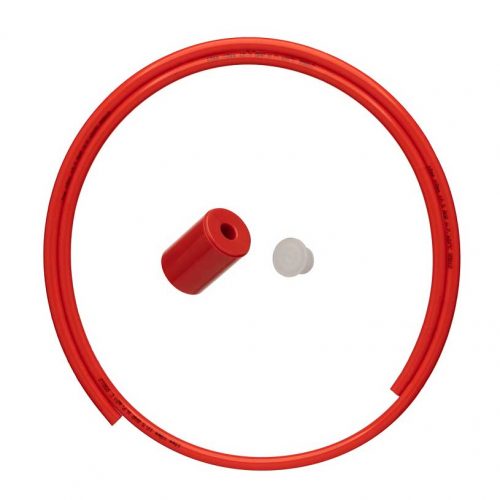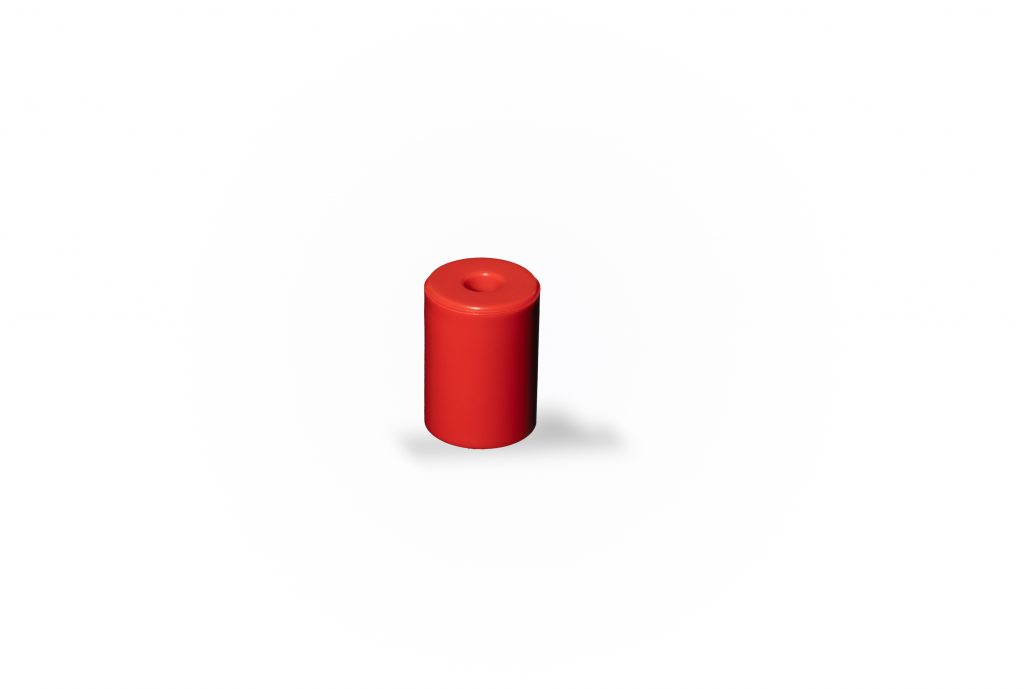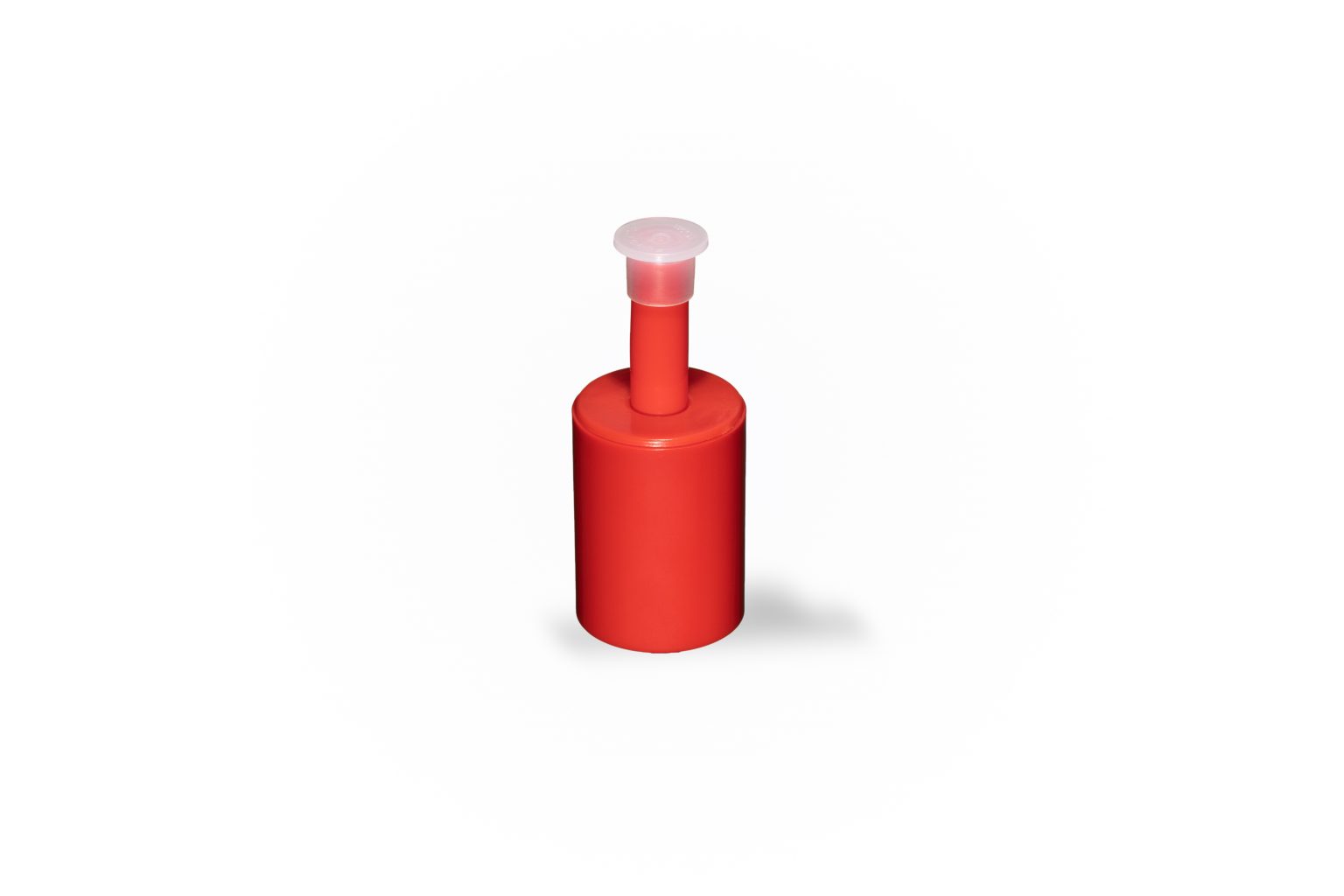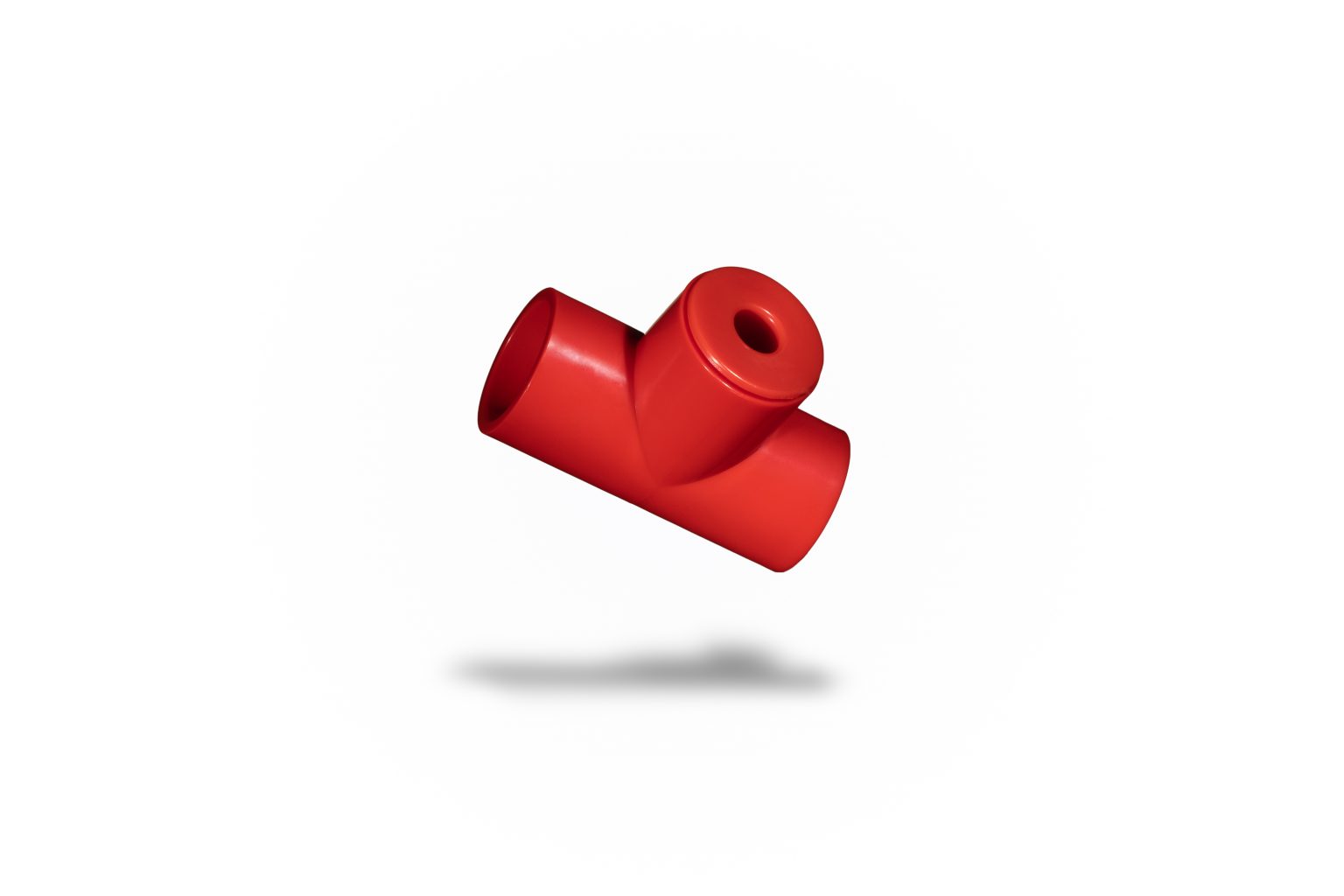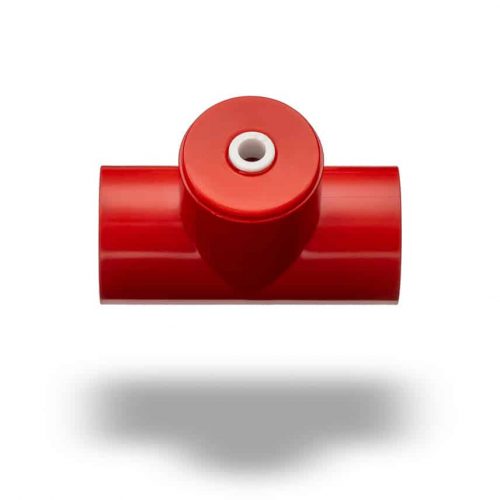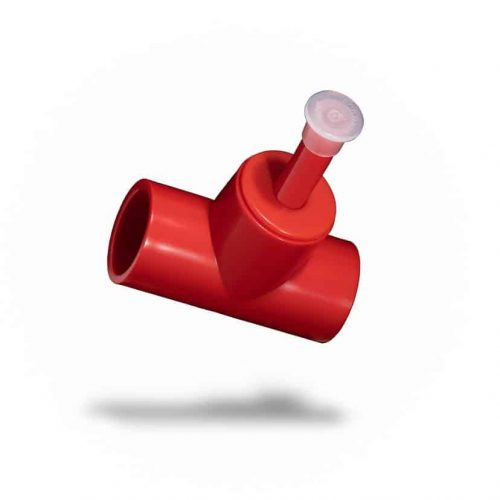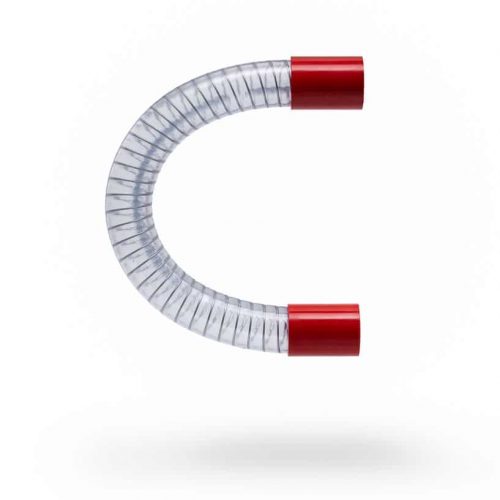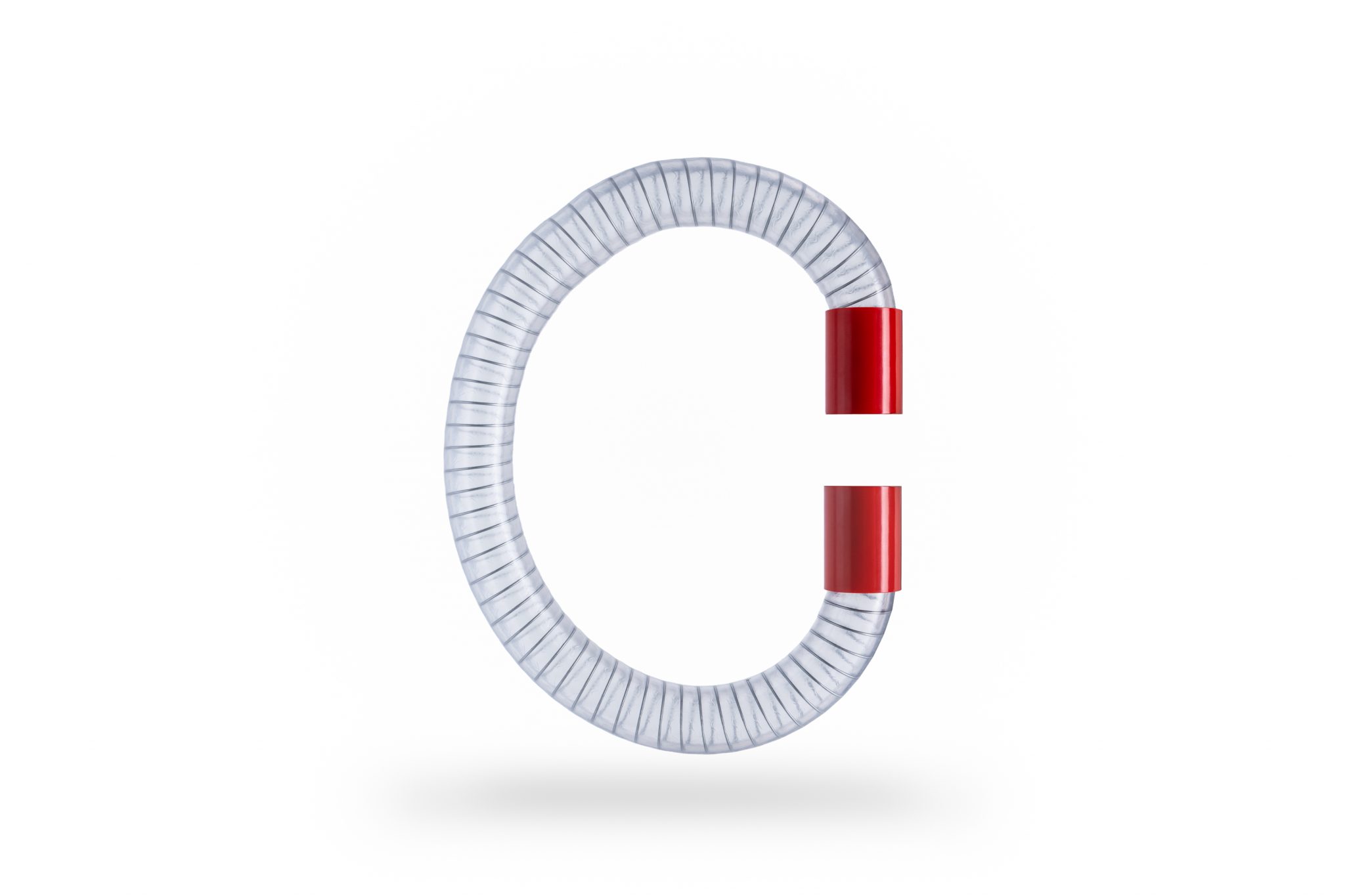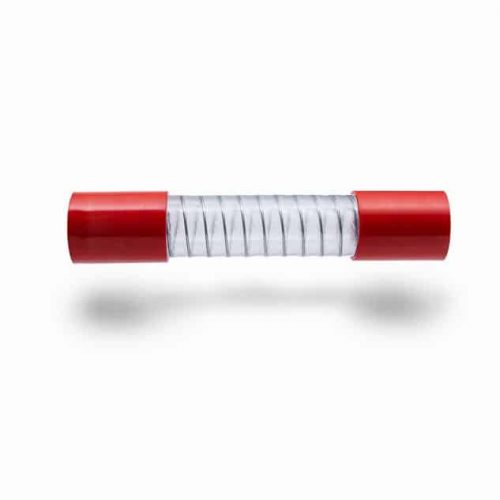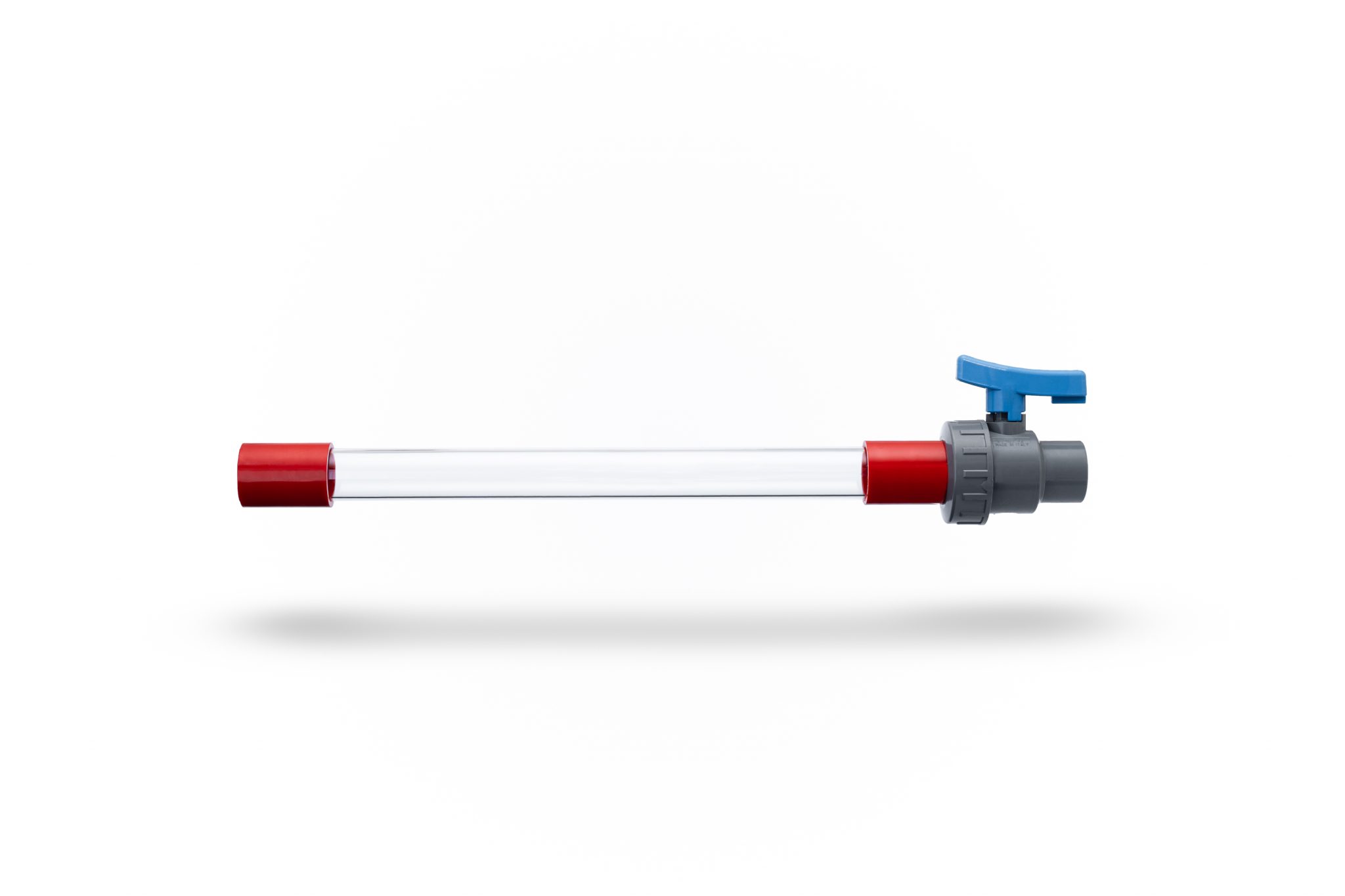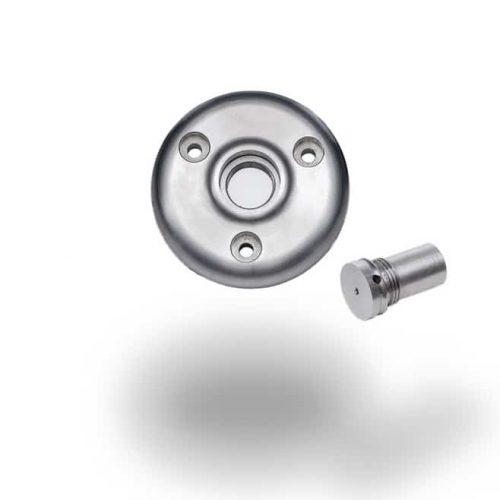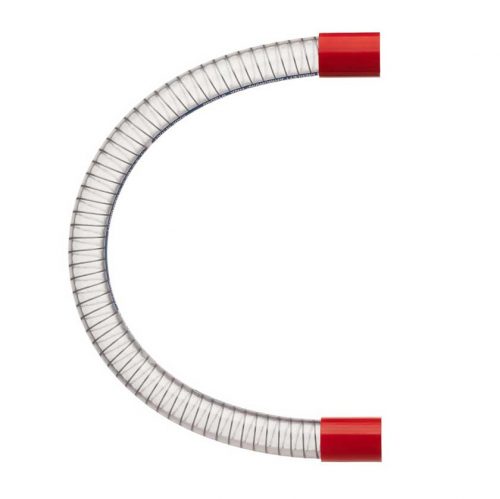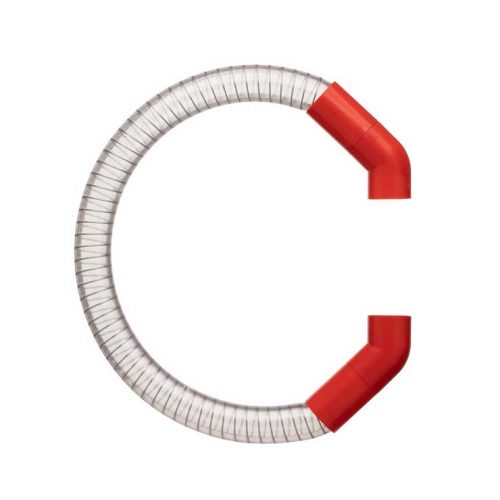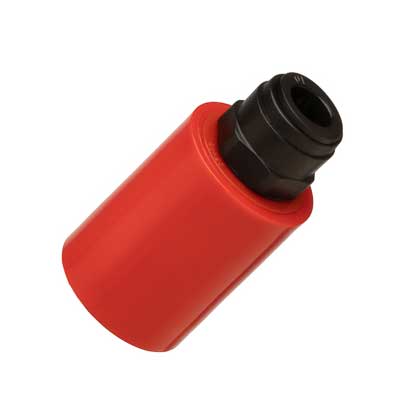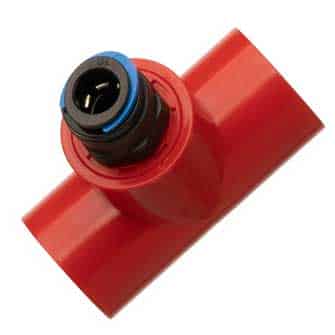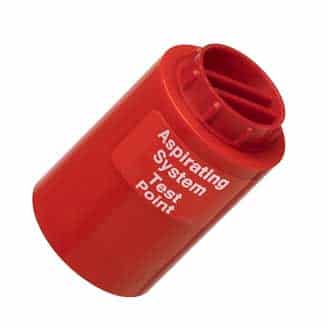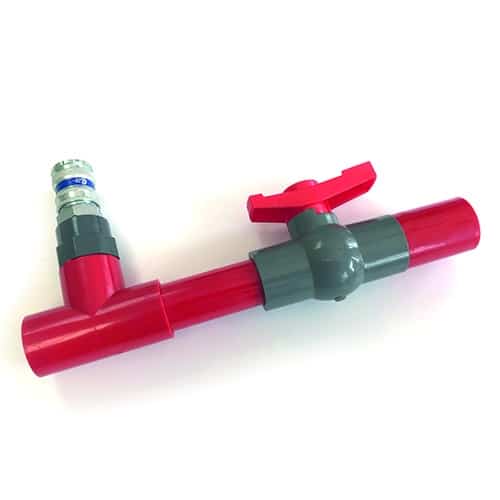-
Designed for changing the direction of a pipe run through 90 degree's on an aspirating smoke detection pipe network. Pipe is designed for aspirating fire detection only.
-
Designed for changing the direction of a pipe run through 90 degree's on an aspirating smoke detection pipe network. Pipe is designed for aspirating fire detection only.
-
Designed for changing the direction of a pipe run through 45 degree's on an aspirating smoke detection pipe network. Pipe is designed for aspirating fire detection only.
-
Used for breaking a section of aspirating smoke detection pipe network for maintenance purposes. This device is designed for aspirating fire detection only.
-
Aspirating smoke detection pipe clip, designed to support both 25 and 27mm smoke pipe, in either ABS, PVC, or CPVC polymers. The clip has a flexible side wall which allows the clip to open wide enough to allow the pipe to be placed within it’s circular cavity. The clip secures the pipe when closed. Slight discolouration many appear on the side wall, after repeated opening and closing. This does not affect the clips performance.
-
Connects two pieces of aspirating smoke detection pipe together. This device is designed for aspirating fire detection only.
-
Connects two pieces of aspirating smoke detection pipe of different sizes 25mm to 27mm (Vice versa). This devise is designed for aspirating fire detection only.
-
This device is used when a "Bull nose" or "Side tee" flow split is required. This device aspirating fire detection only/
-
2.4 Meter ABS 25mm aspirating smoke detection pipes EN54 - 20 Approved. Pipe is designed for aspirating re detection only.
-
2.5 Meter ABS 25mm aspirating smoke detection pipes EN54 - 20 Approved. Pipe is designed for aspirating re detection only.
-
3 Meter ABS 25mm aspirating smoke detection pipes EN54 - 20 Approved. Pipe is designed for aspirating re detection only.
-
Used when a 25mm connection is required to 10mm OD nylon tubing. To create a trunk adapter or a capillary end cap.
-
To join the trunk adapter to the sampling head of choice: Flush, Conical or Discrete. Available in 30 or 100 meters lengths.
-
Used when sampling is required in a chill or coldstore. The conical head prevents ice or condensation from covering the sampling hole.
-
This Component is used when sampling in a chilled or cold store Environment. The capillary end cap is fuxed to one end of the pipe run, followed by a 2 meters of capillary 10mm OD nylon tube which links to the conical sampling head which is specifically designed to operate in a chilled or cold stores. If ice were to form on the sampling head it forms on the beak, and does not cover the sampling hole allowing the system to continue to function normally.
-
Used when the aspirating pipework is above a suspended ceiling, the flush head is fixed to the ceiling tile with the supplied nut and linked to the pipework using a two meter length of 10mm OD tubing and a capillary T piece which links into the pipe.
-
This component is used when it is necessity to sample through a suspended ceiling. The capillary end cap fits onto the end of the pipe run. There is then a 2 meter 10mm OD nylon tube which links into the flush sampling head, which is fixed by a nylon nut/washer to the ceiling tile.
-
Sold either as part of the flush sampling kit (ABS019F) or individually, it is used when sampling is required through a ceiling tile. It is the perfect solution when differing hole sizes are required in the same pipe run. The head features a standard 10mm central hole, into which can be inserted a choice of 8 jets with different sizes of sampling hole including: 2.0/2.5/3.0/3.5/4.0/4.5/5.0/5.5/6.0mm The required size jet is simply twisted off the strip and push fit into the head (no cement required)
-
This component is used when it is necessary to sample through a suspended ceiling. The capillary Tee piece fits onto the pipe run. There followed by a 2 meter 10mm OD nylon tube which links into the discrete head. The discrete cap is supplied with a solid head, which will necessitate a hole being drilled to the required size by the installer. The discrete end cap is held in place by a hole in the ceiling tile.
-
This component is used when it is necessary to sample through a suspended ceiling. The capillary end cap fits onto the end of the pipe run. There is then a 2 meter 10mm OD nylon tube which links into the discrete head. The discrete cap is supplied with a solid head, which will necessitate a hole being drilled to the required size by the installer. The discrete end cap is held in place by a hole in the ceiling tile.
-
The capillary end cap is used when it is necessary to sample air not only in the pipe run, but also at the end of the pipe run. It fits directly onto the end of the 25mm pipe. There is a 10mm hole in the end cap, which attaches normally to a 10mm OD nylon tube of a pre-determined length to which it is possible to attach either a discrete flush or a conical sampling head.
-
Used when the system has to be periodically tested. Simply remove the protection cap. Test and replace.
-
Used to connect the aspirating pipe to 10mm OD flexible nylon tubing.
-
Used when the system has to be periodically tested. The capillary tee piece is installed in the pipe run, and fitted with the necessary size of Sampling Point Adaptor. Sizes are available from 2-8mm in 0.5mm increases to enable the system to function normally. When the system has to be tested simply remove the Sampling Point Adaptor and test the system normally, replacing the jet when the test is complete.
-
Used when the system has to be periodically tested. The capillary Tee piece is installed in the pipe run at the easily accessible position. It has a removable protection cap which fits over the nylon tubing when the system is being used normally. When testing is required simply remove the protective cap, test and replace once completed.
-
Soft PVC hose with embedded steel wire reinforcement. Very flexible, strong, abrasion ressistant, smooth inside and outside.
-
Soft PVC hose with embedded steel wire reinforcement. Very flexible, strong, abrasion resis tan t, smooth inside and outside.
-
Soft PVC hose with embedded steel wire reinforcement. Very flexible, strong, abrasion resistant, smooth inside and outside.
-
Used in an environment where there are constant temperature changes, which causes condensation in the system, typically in a chill store or a room that is open to the atmosphere which can be measured and recorded, which can be drained on a regular basis by simply opening the valve.
-
The stainless steel flush sampling head is used in conjunction with the capillary T piece and 10mm nylon tubing, to form a flush sampling kit. It replaces the normal flush polypropylene head, it is used in harsh industrial environments, or in prisons where the prisoners occasionally block the 2mm central hole to set fire to their cells. This head features a discrete sampling hole that is not visible from the exterior of 3mm. This continues to sample the air if the central
hole is obstructed.
-
This is a flexible bend, with internal wire strengthning to maintain the internal shape of the pipe when in use.
-
Designed for use where a standard 45 or 90 degree bend is not practical to use, manufactured using wire reinforced tubing to avoid the possibility of kinking and therefore rendering the system out of use.
-
This component is used where there is the requirement to reduce from 25mm pipe to a 10mm nylon tube to sample through a range of sampling heads. The 10mm tubing simply push fits and clicks into position, and can be released by pushing on the blue ring.
-
Used to join 10mm tubing to the main body of the T piece, for the range of sampling heads. It simply clicks into position, the black ring is pressed to release the tubing from the connector.
-
This component is used when the system needs to be smoke tested. The threaded plug is removed, which allows the smoke generator to gain access to the system. Simply replace after use.
-
When pipe is installed in a manufacturing environment, dust and debris can build up in the pip run which reduces the airflow and effectiveness of the detector. The blow through valve is used to aid in the cleaning process. Compressed air is directed through the quick release valve which then blows the system through removing any dirt or debris from the system.

